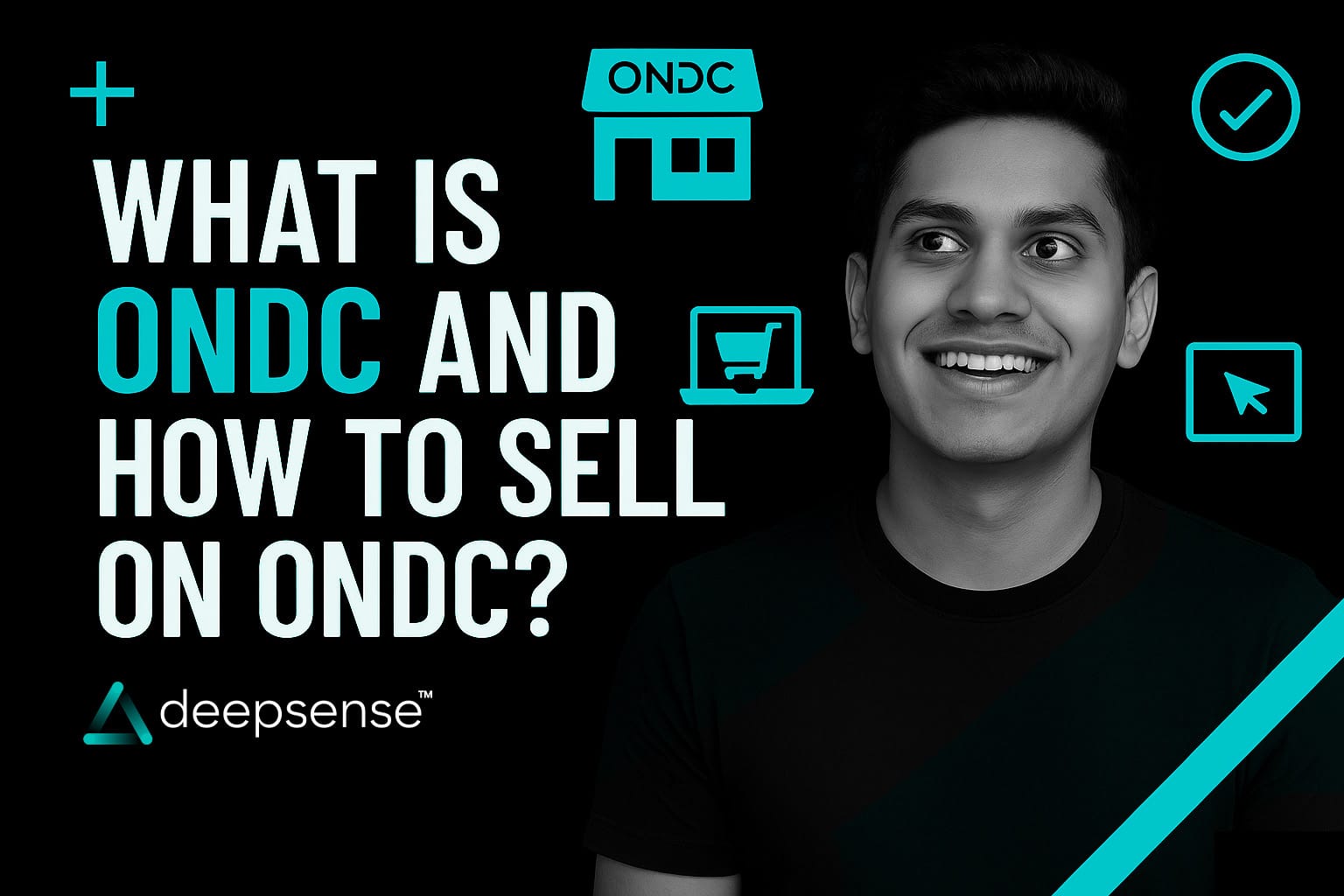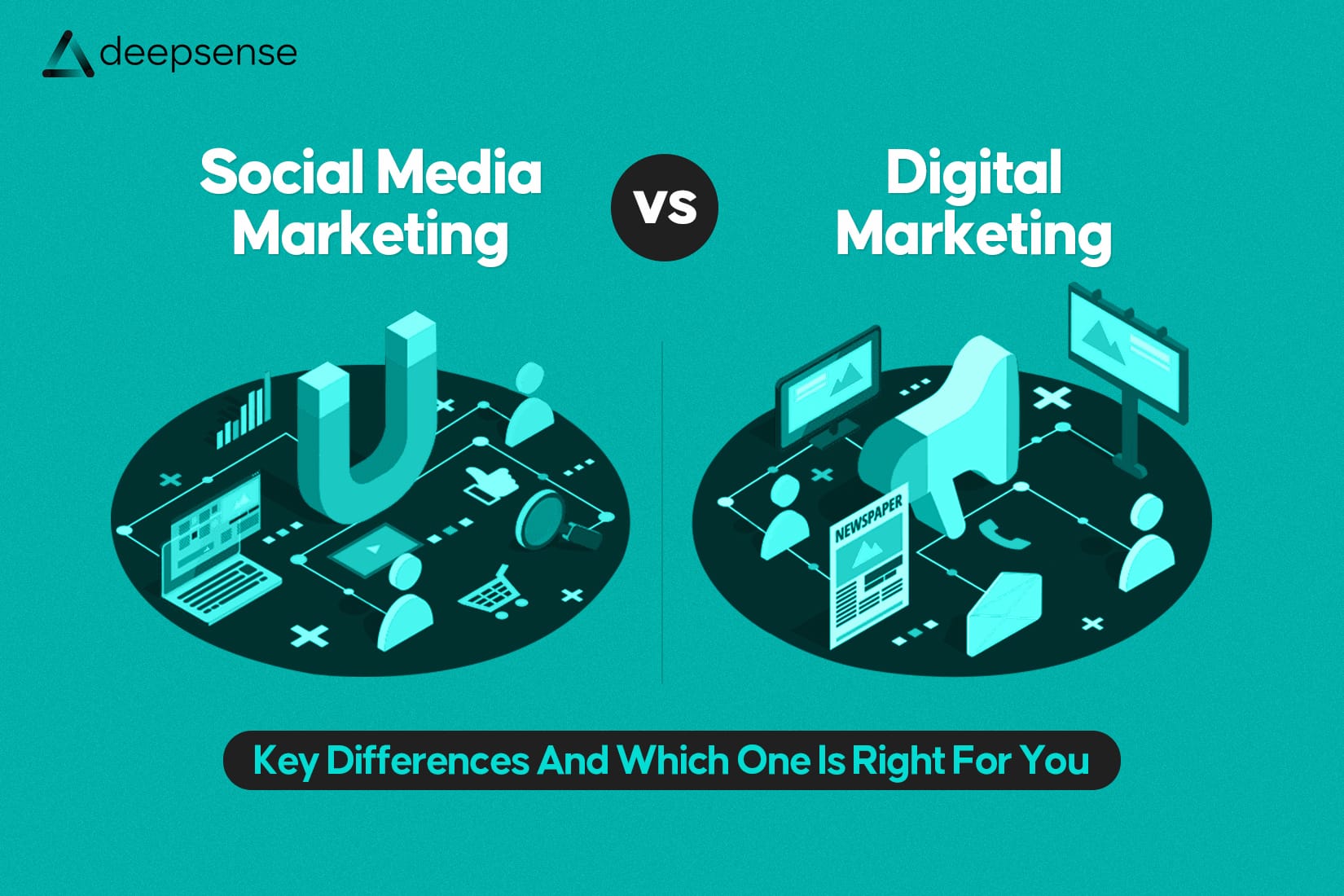India’s digital commerce ecosystem is being reshaped by an ambitious, inclusive, and open initiative: the Open Network for Digital Commerce (ONDC). Spearheaded by the Department for Promotion of Industry and Internal Trade (DPIIT) under the Ministry of Commerce, ONDC is creating a level playing field for sellers and buyers across the country.
This blog aims to answer the most pressing questions like: What is ONDC?, How does ONDC work?, How to sell on ONDC?, and What are the benefits of ONDC platforms? Let’s explore.
What is ONDC?
ONDC is a government-backed, open-source protocol designed to democratize e-commerce in India. It breaks away from the traditional model where sellers are bound to specific marketplaces like Amazon, Flipkart, or BigBasket. Instead, ONDC offers a decentralized network where sellers can list their products and buyers can discover them using any ONDC-enabled buyer app.
The core idea is to create interoperability between different platforms, allowing small and medium businesses, local vendors, and even kirana stores to compete with large e-commerce players.
How Does ONDC Work?
ONDC functions much like UPI for payments. Just as UPI allows seamless money transfers between banks, ONDC allows buyers and sellers to transact across different platforms using a shared network protocol.
Here’s a simplified breakdown:
- Seller Network Participants (SNPs) onboard sellers and list their catalogs.
- Buyer Network Participants (BNPs) enable customers to discover products.
- Logistics Providers ensure last-mile delivery.
- Technology Service Providers handle backend infrastructure like order routing, payment settlement, and compliance.
All these participants interact via open APIs. So, a buyer using Paytm, for example, can purchase a product listed by a seller who has signed up via Mystore or SellerApp.
Benefits of ONDC Platforms
ONDC brings a host of benefits to all stakeholders involved:
For Sellers:
- Wider Market Access: Be discoverable across multiple buyer apps.
- Lower Costs: Reduced dependency on high-commission platforms.
- Data Ownership: Access to customer insights and purchasing behavior.
- Flexibility: Choose your own logistics and payment partners.
For Buyers:
- Increased Choice: Discover products from more sellers.
- Competitive Pricing: Enhanced price transparency and better deals.
- Improved Local Access: Support for hyperlocal shopping experiences.
Step-by-Step Guide: How to Sell on ONDC
How to Become a Seller on ONDC
Interested in tapping into India’s newest and most inclusive digital commerce revolution? Here’s your step-by-step guide on how to become a seller on ONDC.
1. Login & Onboarding Process
To get started, choose a seller app that’s integrated with ONDC. Some popular choices include SellerSetu, SellerApp, GOFRUGAL, and other platforms listed on the official ONDC website.
Pick an app based on the nature of your products—whether you sell groceries, fashion, home & décor, food, or other categories.
You’ll be prompted to register with your mobile number and email address to begin the onboarding process.
2. Document Verification (KYC)
After registration, you’ll need to complete the Know Your Customer (KYC) process by submitting essential documents:
- PAN Card: A mandatory identification for tax purposes.
- Bank Account Details: Needed to process payments and settlements.
- Aadhaar Card: Used for verifying your identity.
- GST Registration (if applicable): Required if your turnover exceeds the exemption threshold.
Do you need GST registration to sell on ONDC?
Not always. If your annual turnover is under ₹40 lakhs, you’re eligible to sell without a GST number, but there’s a catch: you can only deliver within your home state. This flexibility is ideal for small and home-based businesses looking to enter e-commerce without immediate tax registration hassles.
Searches like “Is GST mandatory for selling online?” and “Do I need GST for ONDC?”—this answers both!

3. Add Your Store on the Seller App
Once verified, the next step is to set up your online storefront on the seller app. Just fill in basic business details like your store name, address, business type, and operating category.
4. Upload Your Product Catalog
With your store live, you can begin uploading your products to the ONDC network. This is a crucial step as it determines how your products appear across all buyer apps.
You’ll need to provide:
- Product name
- Price
- Description
- High-resolution images
- Categories (e.g., electronics, grocery, fashion)
- Attributes (e.g., size, color, weight)
The more detailed and accurate your listings, the better your chances of being discovered by buyers browsing through ONDC-enabled apps like Paytm, Magicpin, or IDFC.
Pro Tip: Use clear photos and SEO-friendly titles/descriptions to boost visibility.
Popular Categories on ONDC
As of 2025, ONDC supports:
- Food & Beverages (Zomato, Magicpin integrated)
- Grocery
- Fashion
- Electronics
- Home Decor
- Mobility services (auto and cab bookings in some cities)
This variety makes it attractive for both product and service sellers.
ONDC vs Traditional E-Commerce
| Feature | Traditional Platforms | ONDC |
| Control | Platform-controlled | Seller-controlled |
| Commission Fees | 15-35% | Low/Minimal |
| Discoverability | Platform-limited | Network-wide |
| Data Access | Restricted | Transparent |
| Logistics | Platform-enforced | Seller choice |
Challenges of ONDC (And How to Overcome Them)
- Technical Learning Curve: Training and onboarding assistance from SNPs can resolve this.
- Initial Low Traffic: As adoption grows, so will traffic. Early movers will benefit the most.
- Customer Experience Consistency: Sellers must ensure timely deliveries and quality listings.
Final Thoughts: Is ONDC the Future of E-Commerce?
Absolutely. ONDC is India’s answer to monopolistic e-commerce. With over 35,000 sellers and 15+ buyer apps already live, the momentum is building. Government incentives and industry-wide support make it a promising avenue.
If you’re looking to scale your online business, now is the time to explore how to sell on ONDC and join a network that’s shaping the future of commerce in India.
FAQs
- Can I sell on an ONDC platform?
Yes, absolutely! Anyone, from local kirana store owners and small business owners to large retailers, can sell on ONDC by registering through a Seller Network Participant (like SellerApp, Mystore, or GOFRUGAL). You’ll need basic business documents like a PAN card, bank details, and optionally GST registration if your turnover is above ₹40 lakhs.
- How do I shop with ONDC?
To shop on ONDC, simply use any ONDC-enabled buyer app such as Paytm, Magicpin, or IDFC FIRST Bank app. Just open the app, search for products or services, and place your order like you would on any e-commerce platform. ONDC ensures you’re shown products from a wide network of sellers across India.
- What is ONDC and how does it work?
ONDC (Open Network for Digital Commerce) is a government-backed initiative to decentralize and democratize e-commerce in India. Instead of operating like a closed marketplace (e.g., Amazon or Flipkart), ONDC is an open protocol that connects buyers and sellers across different platforms. Think of it like UPI for e-commerce: interoperable, open, and inclusive.
- Is ONDC profitable?
ONDC is designed to lower operational costs, reduce seller commissions, and provide better margins for sellers. While profitability depends on product quality, logistics, and pricing, early adopters are seeing better reach and reduced dependence on high-commission platforms. It’s a cost-efficient and scalable opportunity, especially for small businesses.
- What are the disadvantages of ONDC?
- Learning Curve: Sellers need to understand new tech and onboarding processes.
- Inconsistent User Experience: Since it’s an open network, service levels may vary across platforms.
- Low Brand Recognition: Early-stage visibility is still growing compared to giants like Amazon.
- Logistics Dependence: Sellers must arrange their own logistics unless integrated via the platform.
- Is Amazon on ONDC?
As of now, Amazon is not a part of the ONDC network. ONDC is built to reduce dependence on large e-commerce monopolies and offer sellers an open, fair, and commission-efficient alternative. However, talks and collaborations may happen in the future.











